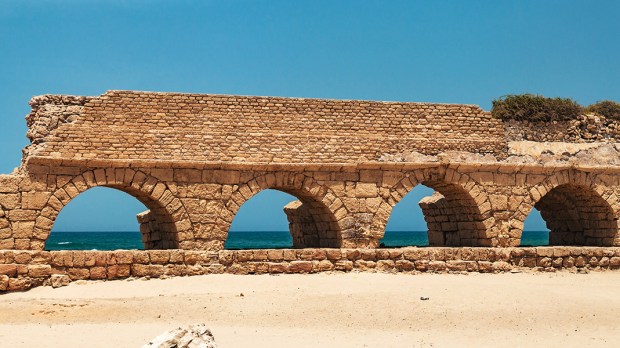Lenten Campaign 2025
This content is free of charge, as are all our articles.
Support us with a donation that is tax-deductible and enable us to continue to reach millions of readers.
Through recent archeological excavations and surveys, we now have with a good sense of what life was like in Israel during years from 1200 to 1000 BC.
According to an article in BiblicalArcheology.org, Israelite villages were built on hilltops, and made up of only about 400 people. The villages were unwalled, with the responsibility of security left to regional chiefdoms.
Houses were generally made up of three or four rooms, made of mud brick with stone foundations, and – possibly – a second story made of wood. Domestic animals – sheep and goats – would be kept in a first-floor courtyard. Animal husbandry was not, however, an important part of the village economy as the hills were too thickly overgrown with trees, and the ground too rocky for sheep.
Early Israelites would, instead, terrace the hillsides near their village and plant wheat, lentils, garbanzo beans, barley and millet. They also cultivated orchards on these terraces.

